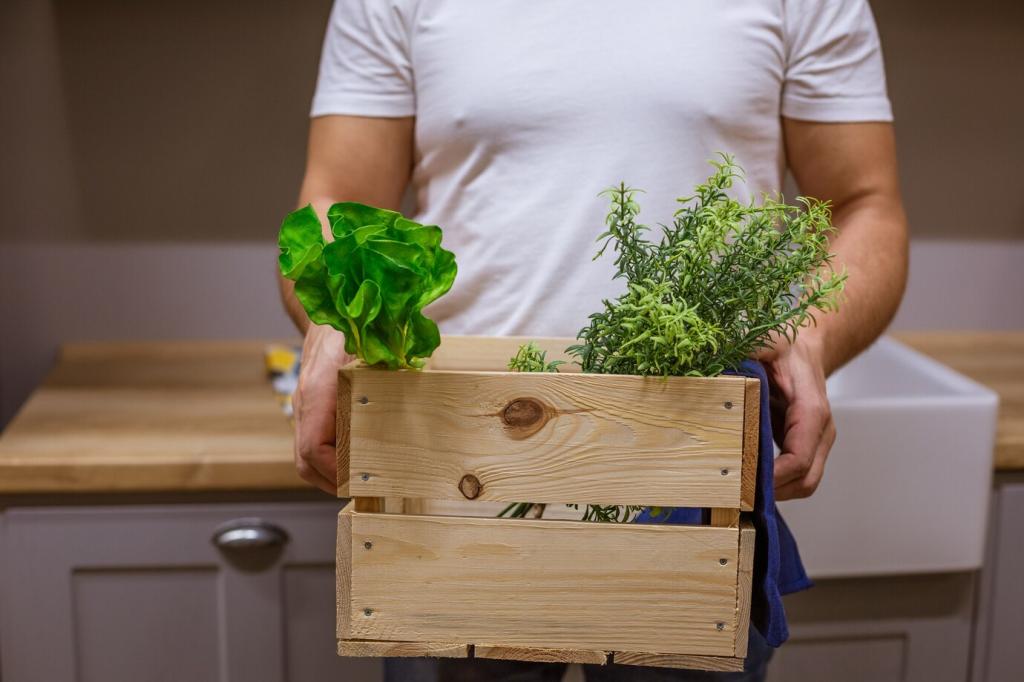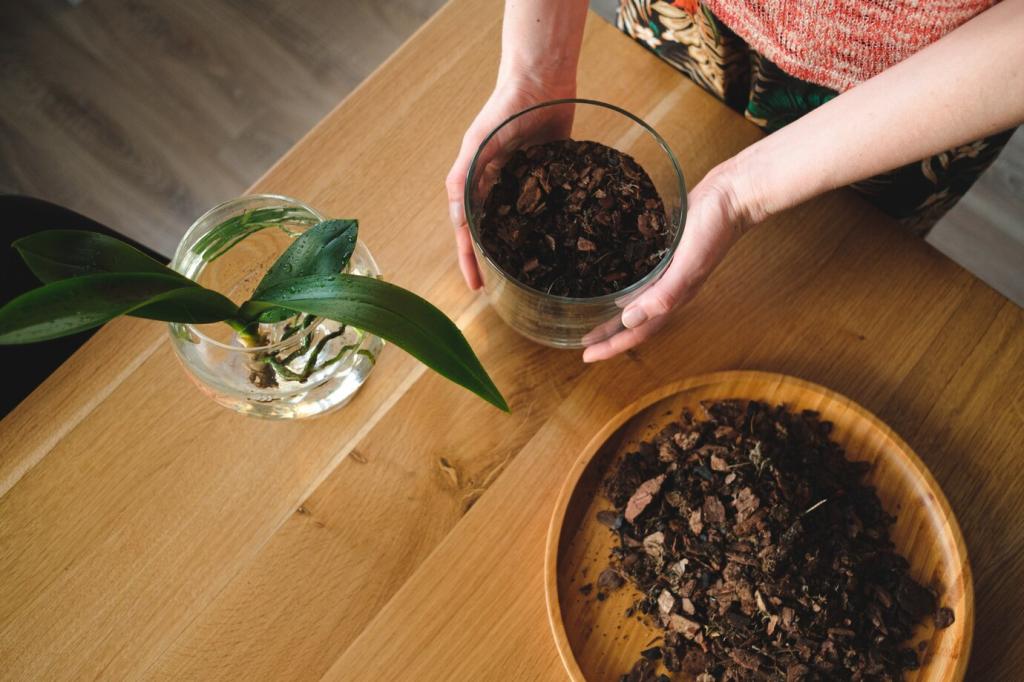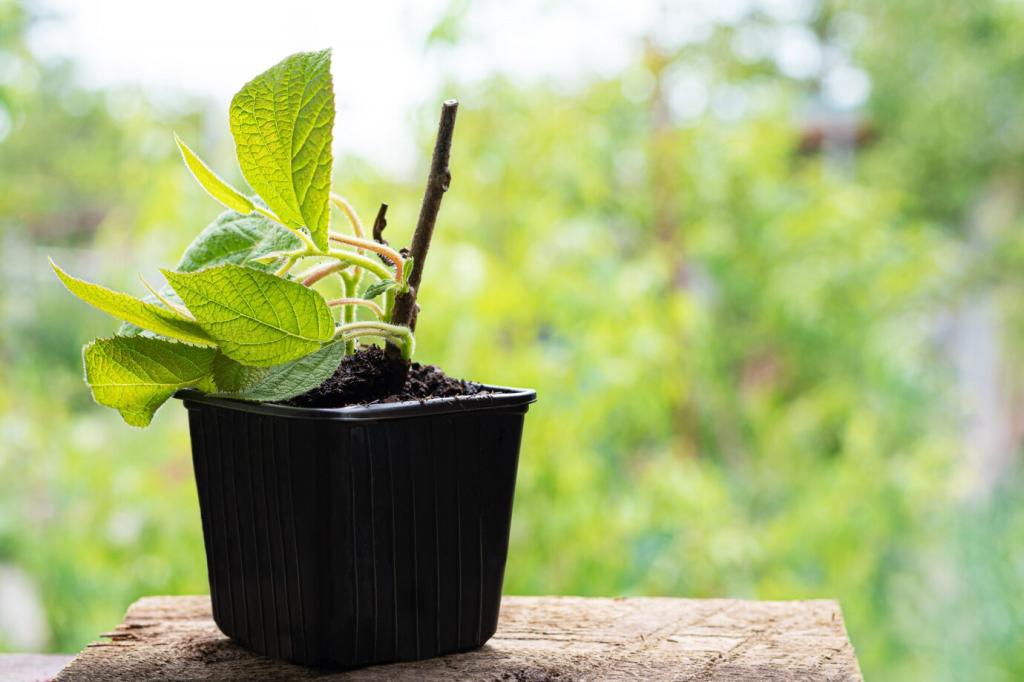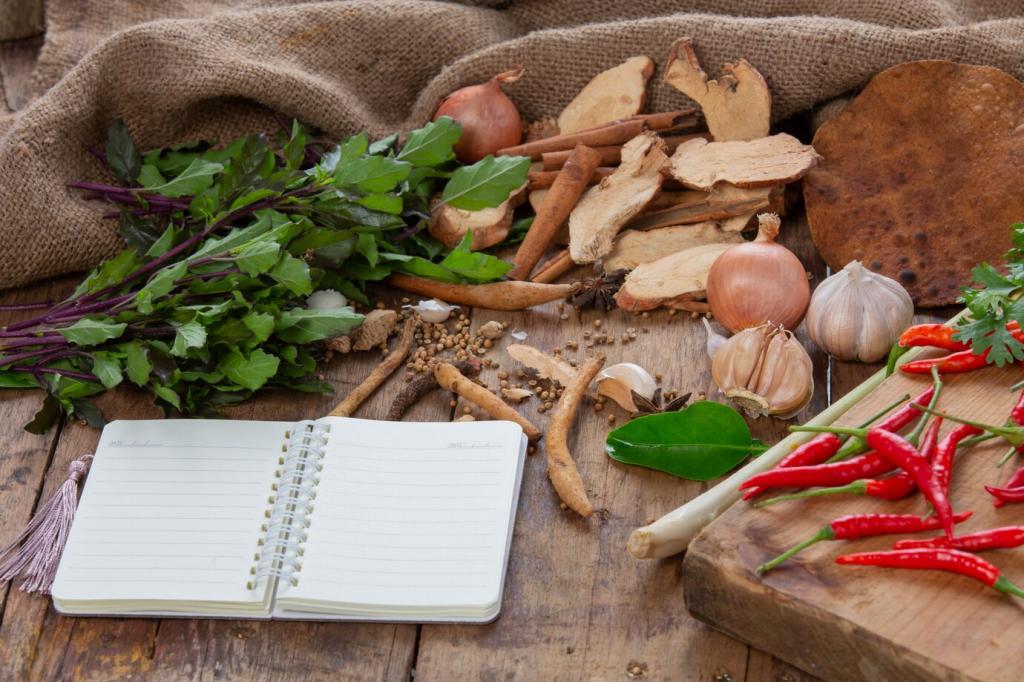What Composting Is and Why It Works
Composting is controlled decomposition. Carbon-rich browns and nitrogen-rich greens meet oxygen, moisture, and countless microbes, which digest the material into humus. Turning helps keep oxygen flowing. Share your first compost attempt in the comments, and tell us what surprised you most about the transformation.
What Composting Is and Why It Works
Bacteria kick-start the process, fungi weave through tougher fibers, and actinomycetes deliver that earthy aroma. Their metabolic heat accelerates breakdown, especially when the mix is balanced. Have you spotted white filaments in your pile? That is likely actinomycetes at work. Tell us what you have observed.




